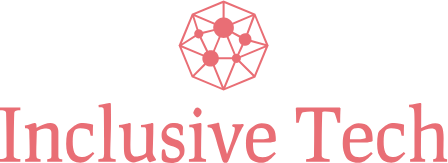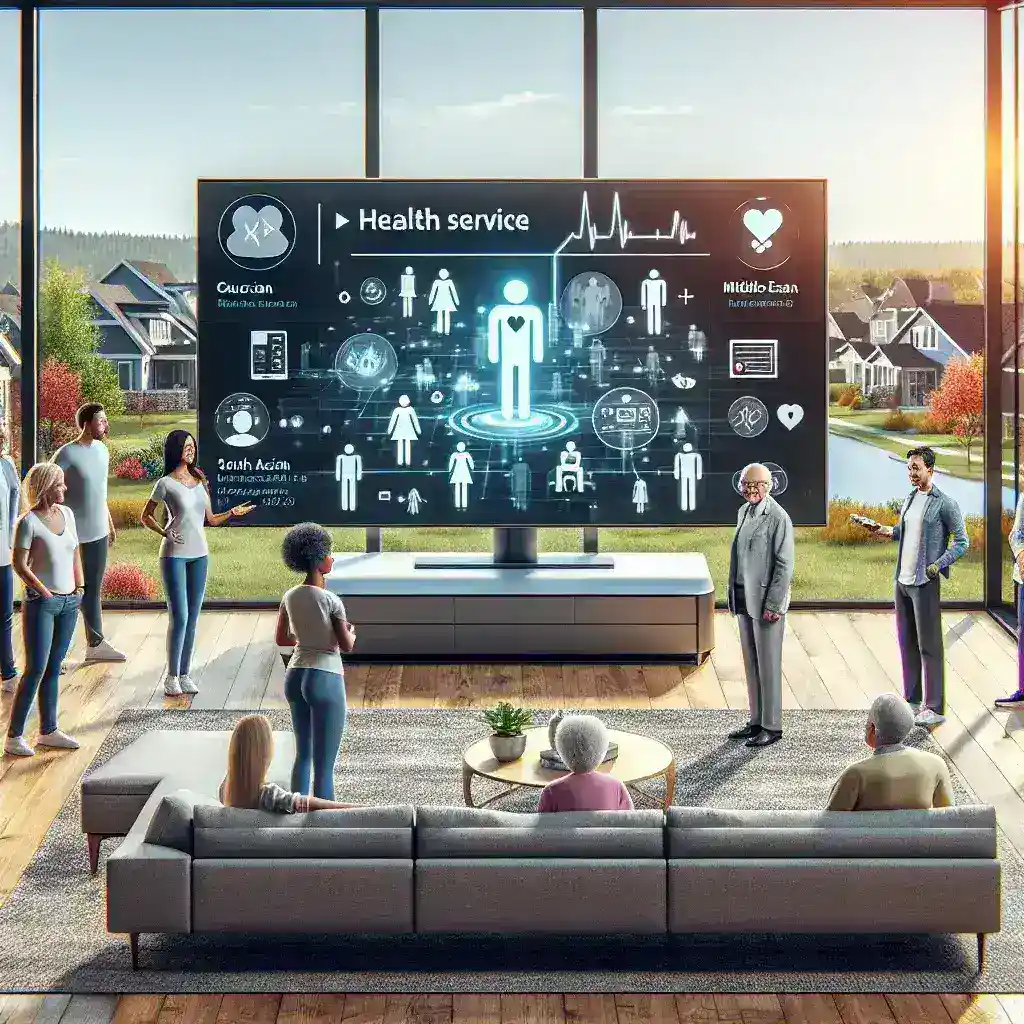Introduction
In a groundbreaking initiative, Comcast is piloting AI-powered remote health services through its extensive U.S. broadband network. This innovative approach aims to revolutionize healthcare access, making medical assistance more efficient, timely, and readily available to millions. As the healthcare landscape continues to evolve with technological advancements, Comcast’s venture into this domain marks a significant step toward integrating digital solutions into everyday health management.
The Need for Remote Health Services
The COVID-19 pandemic underscored the necessity for remote health services, as traditional in-person visits became challenging. Patients sought alternatives to ensure their safety while receiving medical attention. Telehealth became a vital resource, allowing healthcare providers to consult with patients remotely. As society transitions to a post-pandemic phase, the demand for reliable and advanced telehealth solutions remains high.
Comcast’s Initiative
The pilot program launched by Comcast focuses on utilizing artificial intelligence to enhance remote patient monitoring and telehealth services. This initiative aims to harness the power of AI to analyze patient data in real-time, delivering insights that healthcare providers can use to make informed decisions. By leveraging its broadband infrastructure, Comcast is uniquely positioned to facilitate these services at scale.
Key Features of the AI-Powered Health Services
- Real-Time Data Collection: Comcast’s technology enables continuous monitoring of patients’ health metrics, providing healthcare professionals with immediate access to crucial data.
- Predictive Analytics: Utilizing AI algorithms, the system can predict health trends and potential risks, allowing for proactive interventions.
- Enhanced Patient Engagement: Interactive platforms encourage patients to take an active role in managing their health, improving adherence to treatment plans.
- Streamlined Communication: AI facilitates efficient communication between patients and providers, reducing the wait time often associated with traditional healthcare.
Historical Context
Historically, the integration of technology into healthcare has been gradual yet impactful. The introduction of electronic health records (EHRs) in the early 2000s paved the way for digital transformation in medicine. As internet access expanded, telehealth began gaining traction around 2010, with various companies exploring remote consultation options. The pandemic acted as a catalyst, accelerating these trends and leading to widespread adoption of telehealth services.
Future Predictions
Looking ahead, the future of remote health services appears promising. Experts predict that as broadband access becomes more ubiquitous, AI-driven health solutions will become integral to everyday healthcare. This shift is expected to enhance patient outcomes, reduce healthcare costs, and alleviate the burden on physical healthcare facilities.
Potential Benefits
- Improved Access: Rural and underserved communities could greatly benefit from improved access to healthcare services, bridging the gap in healthcare disparities.
- Cost Efficiency: Remote monitoring can potentially lower healthcare costs by reducing hospital visits and emergency room overcrowding.
- Personalized Care: AI can help tailor treatment plans to individual patient needs, optimizing health management.
Challenges and Considerations
Despite its potential, the implementation of AI-powered remote health services is not without challenges. Privacy concerns regarding patient data and the management of information security are paramount. Additionally, ensuring equitable access to technology across diverse populations remains a critical concern.
Addressing Challenges
To mitigate these challenges, Comcast and other stakeholders must prioritize robust data protection measures and work towards increasing technological literacy among users. Collaboration with healthcare organizations and regulatory bodies will also play a pivotal role in creating a framework that supports the ethical deployment of AI in healthcare.
Comparative Analysis of AI in Healthcare
AI is not a novel concept in healthcare; various applications have emerged over the years, from diagnostic imaging to robotic surgeries. However, Comcast’s focus on enhancing remote health services stands out, given its unique position in the broadband market. The synergy between telecommunications and healthcare presents a unique opportunity to redefine patient care.
Real-World Examples
Several organizations have already begun implementing AI in their healthcare practices. For instance, companies like Teladoc and Amwell have pioneered telehealth services that utilize AI for patient engagement and data analysis. Comcast’s initiative could elevate these existing models, introducing greater efficiency and accessibility to a broader audience.
Cultural Relevance
The cultural significance of telehealth is evident, especially in a society increasingly reliant on technology. As people embrace digital communication, the shift towards remote healthcare aligns with contemporary values of convenience and immediacy. Comcast’s initiative resonates with the growing trend of integrating technology into various facets of life, making healthcare more accessible to all.
Statistics and Expert Opinions
According to recent studies, nearly 76% of patients express interest in using telehealth services for routine care. Experts assert that this trend will only grow as technology continues to evolve. Dr. Sarah Chen, a leading health tech researcher, emphasizes, “The future of healthcare lies in the ability to leverage technology to create seamless, patient-centered experiences. Comcast’s initiative is a testament to this potential.”
Personal Anecdotes
Many individuals have benefitted from telehealth services during the pandemic, sharing stories of how remote consultations helped them access care without the fear of exposure to illness. One patient, Maria, recounted, “Thanks to telehealth, I was able to get my routine check-up without leaving my home, which was invaluable during the height of the pandemic.” This sentiment reflects a broader shift in how healthcare is perceived and accessed.
Conclusion
Comcast’s pilot of AI-powered remote health services through U.S. broadband represents a significant leap forward in the integration of technology in healthcare. By focusing on accessibility, efficiency, and real-time data analysis, Comcast is poised to shape the future of healthcare delivery. As we continue to navigate the challenges and opportunities presented by this digital transformation, the implications for patient care and health management are profound. The journey towards a more connected, efficient, and patient-centered healthcare system is just beginning, and Comcast is at the forefront of this exciting evolution.

